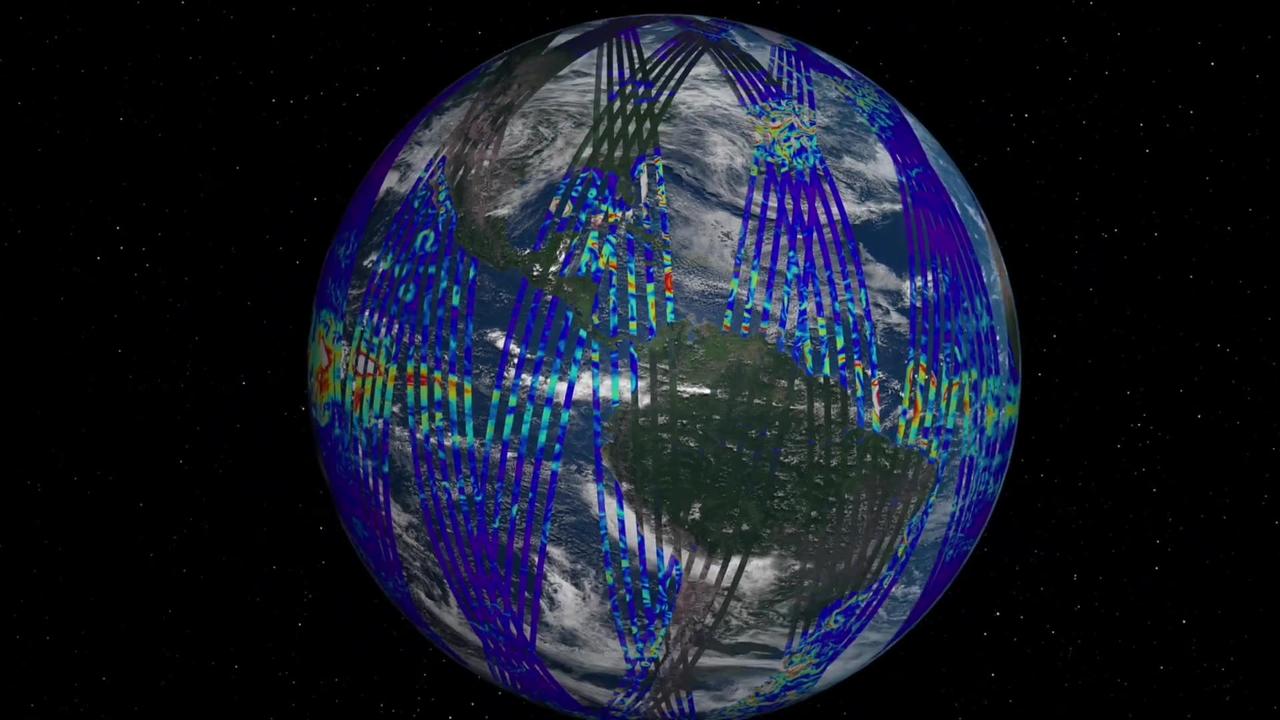
A novel Earth science expedition, jointly undertaken by NASA and the French space agency Centre National d’Études Spatiales (CNES), aims to enhance future planning for communities by conducting a comprehensive survey of the Earth's salt and freshwater bodies.
Known as the Surface Water and Ocean Topography (SWOT) mission, it will gauge water levels in lakes, rivers, reservoirs, and oceans.
As the impacts of climate change expedite alterations in the water cycle, certain regions globally will confront inundation, while others will grapple with water scarcity.
SWOT's data will play a pivotal role in enhancing flood prediction capabilities and monitoring drought conditions, offering vital insights to water management organizations, civil engineers, academic institutions, the U.S. Department of Defense, disaster readiness entities, and other stakeholders responsible for monitoring water dynamics in their respective areas.
The video presentation features instances of SWOT data utilization in these communities, as elucidated by a representative from the National Weather Service in Oregon, an engineer from the Alaska Department of Transportation, researchers affiliated with the University of Oregon and University of North Carolina, a scientist from NASA's Jet Propulsion Laboratory collaborating with the Department of Defense, and a JPL scientist cooperating with the Louisiana Coastal Protection and Restoration Agency.
The timeline covered includes: 0:30 - Flood Watches & Warnings - Portland, Oregon 1:08 - Water Management - Fern Ridge Lake, Oregon 2:05 - Safeguarding Infrastructure - Alaska 2:54 - National Security - Department of Defense 3:24 - Coastal Preservation - Mississippi River Delta SWOT's scheduled launch is set to take place from Vandenberg Space Force Base in California, with the anticipated date being December 2022.
This undertaking is a collaborative effort between NASA and CNES, with contributions from the Canadian Space Agency and UK Space Agency.
The U.S. component of the project is spearheaded by JPL, overseen by Caltech in Pasadena, California, on behalf of NASA.










